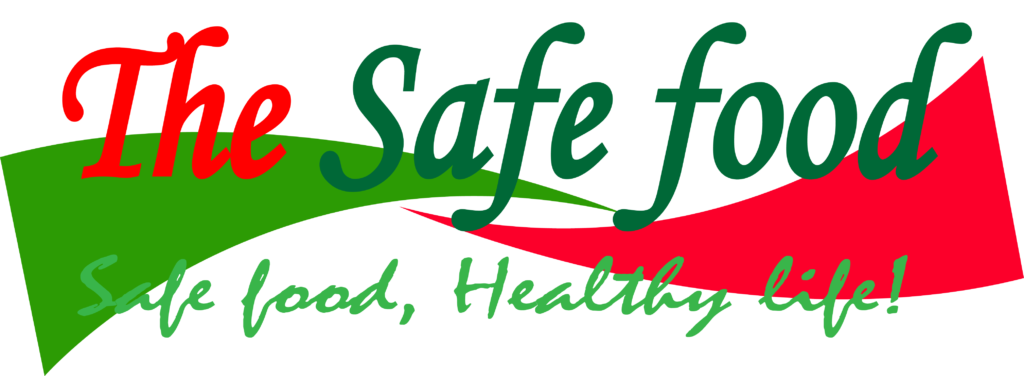Top management are the head of the organization. Their actions ripples across the entire organization. Thus, the success of any quality or safety management system (QSMS) and thus the organization depends majorly on the actions and decisions of the top management.
Similarly, their inaction also affects the organization. Thus, the success of any quality or safety system implementation depends not only on the actions of operators but also the actions and decisions of the top management.
The top management must work with the workers for success to be realized. They are not merely in power to victimize and step on their workers. Leaders establish unity of purpose and direction of the organization.
What are quality or safety management systems?
QSMSs are structured frameworks and processes implemented by organizations to ensure consistent quality and safety standards in their products, services, or operations. These systems are designed to identify, manage, and mitigate risks, improve performance, and meet regulatory requirements.
Quality Management System (QMS):
A Quality Management System is a set of policies, processes, and procedures implemented by an organization to ensure that products or services consistently meet or exceed customer expectations. It focuses on quality control, quality assurance, and continuous improvement. The most widely recognized QMS standard is ISO 9001, which provides a framework for organizations to establish and maintain an effective quality management system.
Safety Management System (SMS):
A Safety Management System is a proactive and systematic approach to managing safety within an organization. It involves the identification, analysis, and control of hazards and risks to prevent accidents, injuries, or other adverse events. SMS is commonly used in industries such as aviation, healthcare, construction, and manufacturing. It helps organizations establish safety policies, define safety goals, monitor safety performance, and implement corrective actions. The International Civil Aviation Organization (ICAO) has established standards and guidelines for Safety Management Systems in the aviation industry.
Food safety knowledge is for all!

Every consumer deserves to have high quality and safe food. …Read more!

Key elements of quality and safety management systems
Both QMS and SMS have several key elements in common, including:
- Policy and Objectives: Organizations define their quality or safety policy and set specific objectives to achieve.
- Planning: Development of strategies, procedures, and resources required to meet quality or safety objectives.
- Implementation: Execution of planned activities, including training, documentation, and allocation of responsibilities.
- Monitoring and Measurement: Regular assessment and monitoring of processes, products, or services to ensure compliance with standards and identify areas for improvement.
- Evaluation and Improvement: Analysis of data and feedback to identify opportunities for improvement, and implementation of corrective and preventive actions.
- Management Review: Regular review of the effectiveness of the quality or safety management system by top management.
By implementing a robust QSMS, organizations can enhance customer satisfaction, minimize risks, improve operational efficiency, and ensure compliance with applicable regulations and standards.

The roles of the top management in the implementation of any quality and safety management systems
The following are the roles of the top management in the implementation of any quality and safety management systems (ISO 9000):
- To establish and maintain the quality policy and quality objectives of the organization – Quality policy and quality objectives are established to provide a focus to direct the organization. Both determine the desired results and assist the organization to apply its resources to achieve these results.
- To promote the quality policy and quality objectives throughout the organization to increase awareness, motivation and involvement – the enthusiasm seen in the top management is rippled across the entire organization motivating the workers to achieve the company objectives.
- To ensure focus on customer requirements throughout the organization – the customer is the main focus of all organizations. Organizations must strive to satisfy the customer requirements.
- To ensure that appropriate processes are implemented to enable requirements of customers and other interested parties to be fulfilled and quality objectives to be achieved – Everything that is needed to achieve the goals of the company and satisfy customer demands must be provided by the top management. Organizations are made of processes, the success of each process determines the success of the entire organization.
- To ensure that an effective and efficient quality management system is established, implemented and maintained to achieve these quality objectives – The top management should ensure that all requirements for the quality or safety management system are met.
- To ensure the availability of necessary resources – Achievement of targets requires resources, both human and money. These must be provided when required to achieve results.
- To review the quality management system periodically – review pinpoints avenues for improvement. Auditing must be done periodically to ensure continuous improvement is achieved.
- To decide on actions regarding the quality policy and quality objectives – major decisions regarding changes and or improvements to the company focus are in the hands of the top management.
- To decide on actions for improvement of the quality management system – Any improvement necessary for the quality or safety management systems are sanctioned by top management after reviewing the audit reports.
Attribution:
Featured image – Technology vector created by pch.vector – www.freepik.com
Our Blog ↗
Read the latest from our blog
Ask a Question ↗
Ask a question and get answers from our community
Give Feedback ↗
We value your feedback.


